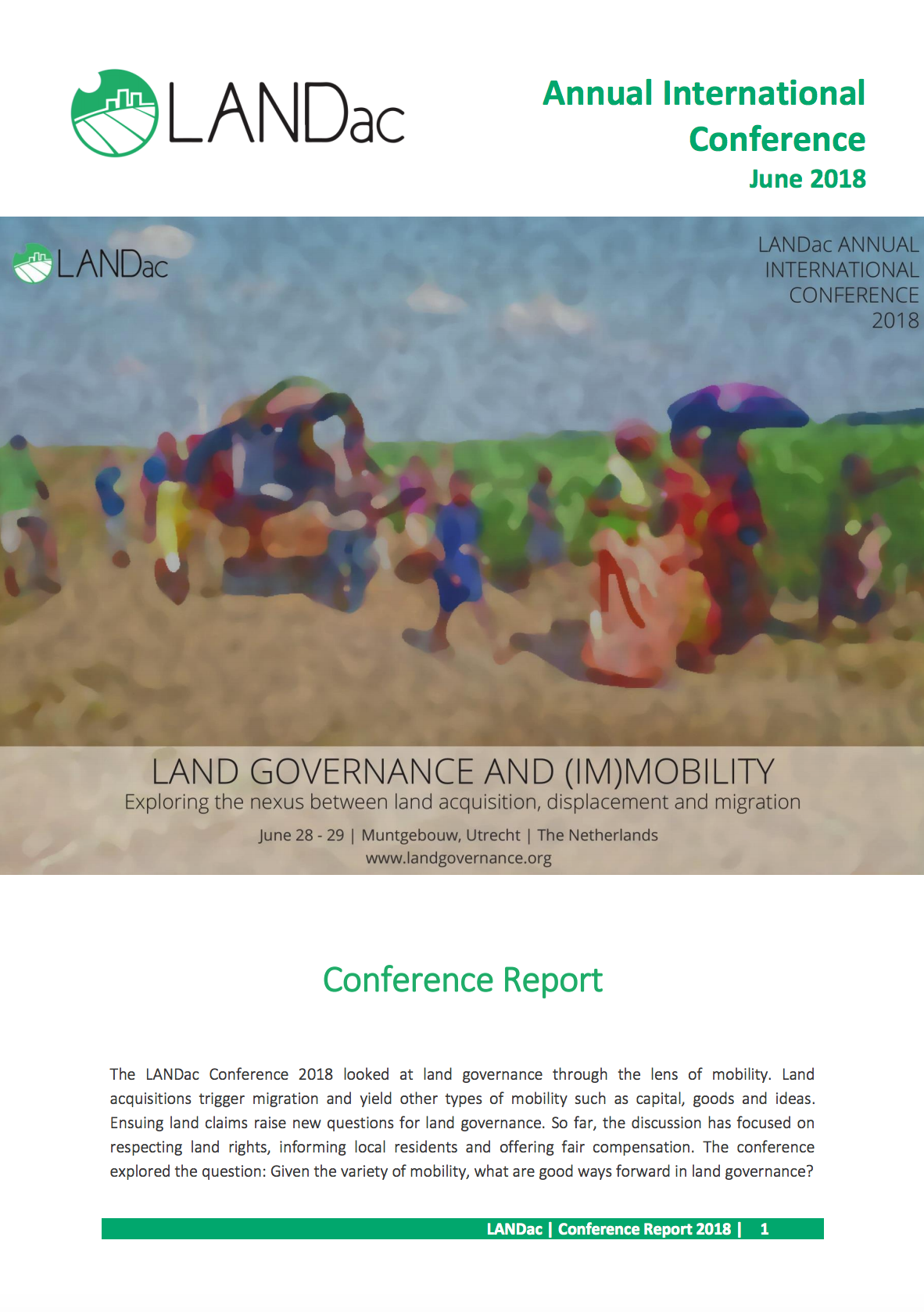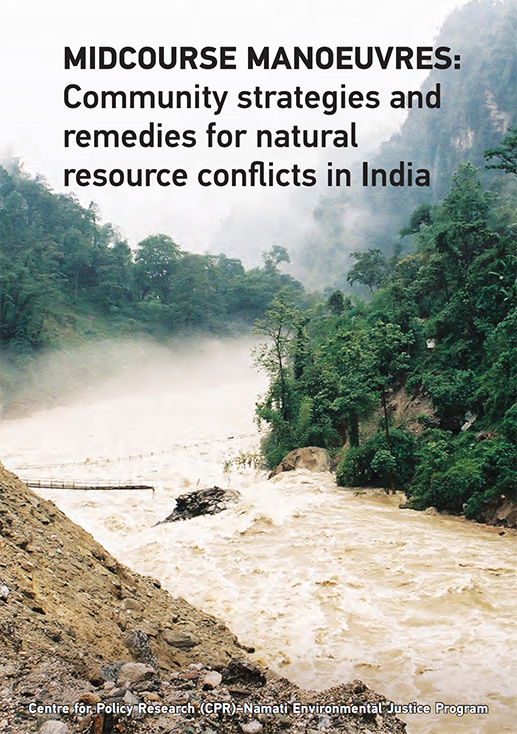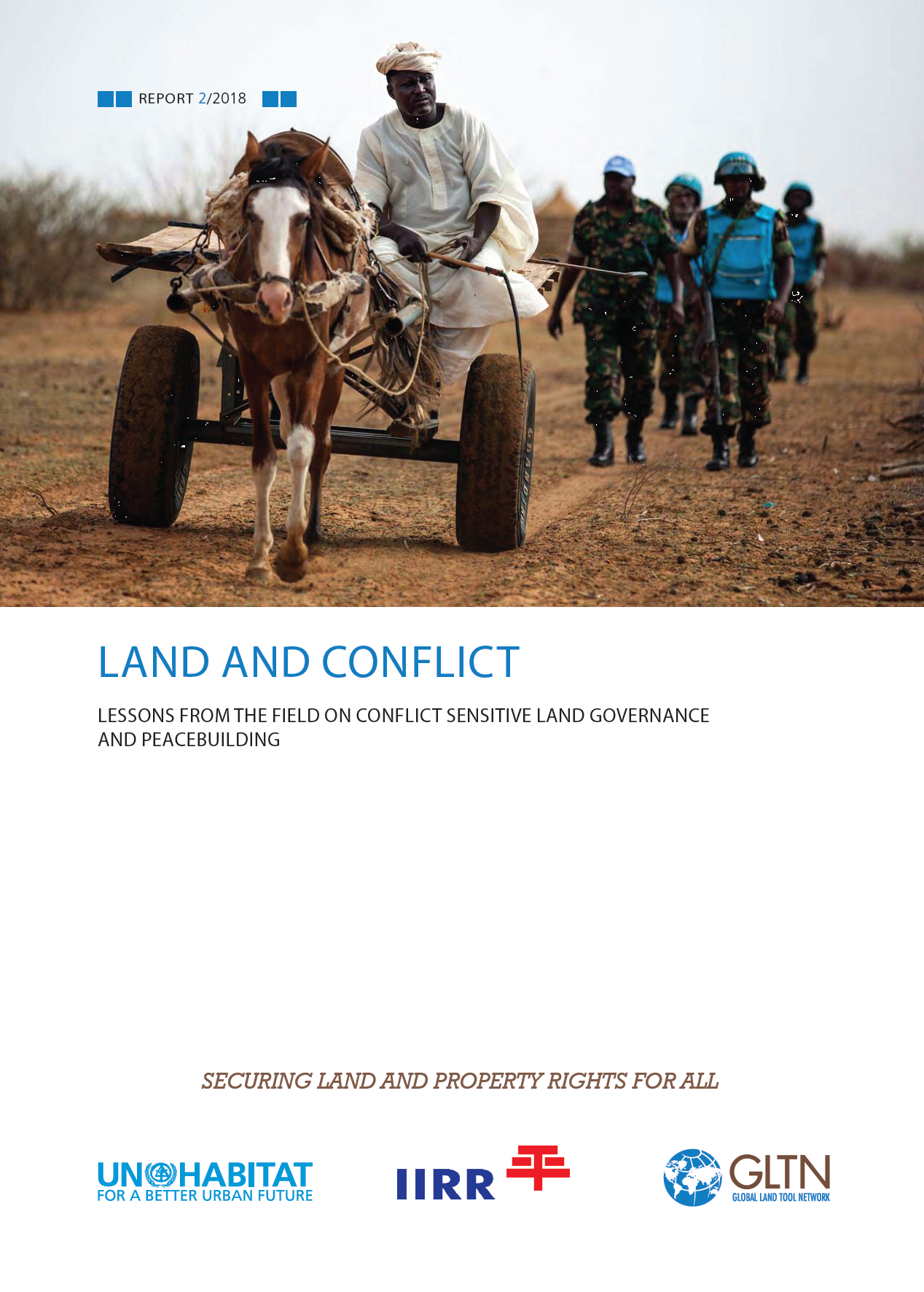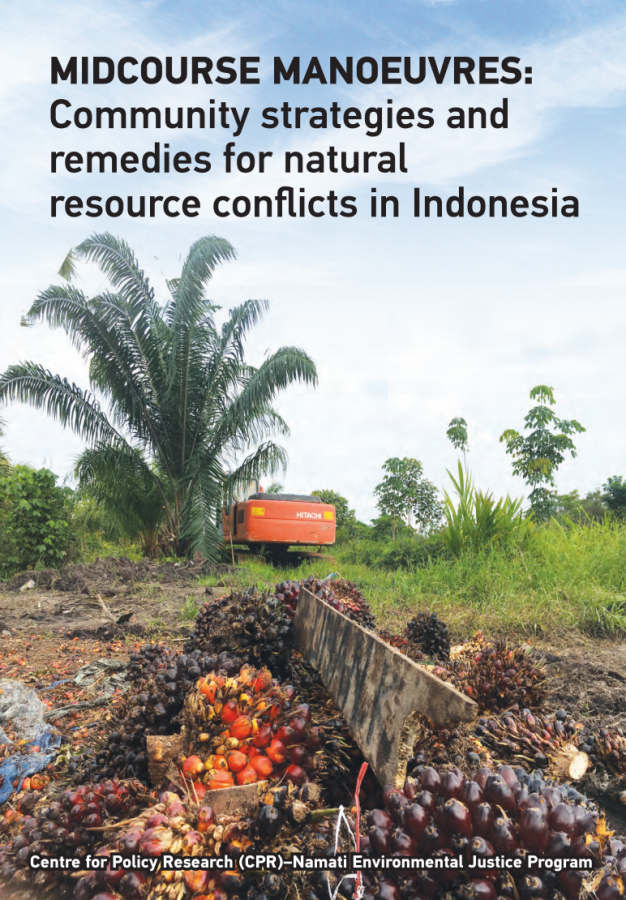Handbook on Land Corruption Risk Mapping. How to identify and tackle corruption risks in land governance
Attempts to fill a gap by providing a pragmatic instrument which can be applied quickly and with comparatively few resources. Focuses on corruption risks rather than searching for offenders, so allowing open discussion, and on structural corruption risks and related solutions. Encourages coalitions between all crucial stakeholders and helps them develop joint counter-measures. Includes case studies from Kenya.






